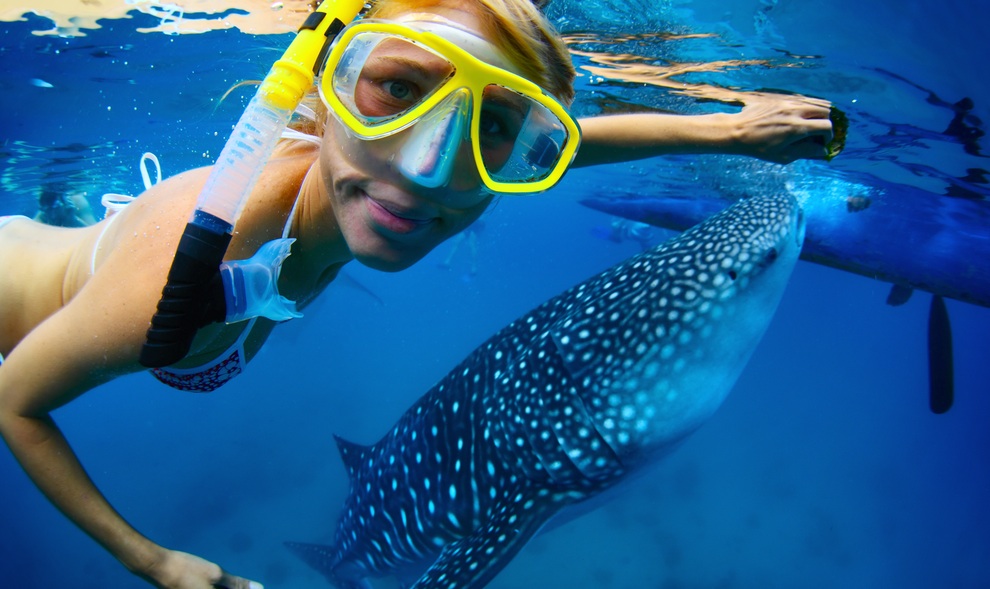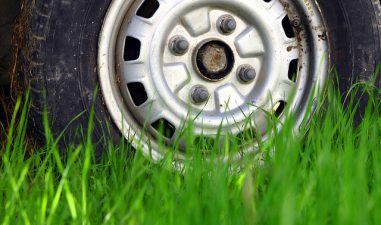WWF and the Centre for Sustainable Tropical Fisheries & Aquaculture (CSTFA) at James Cook University have developed the first toolkit of its kind that provides a variety of ways to collect scientific data on sharks and rays to help conserve and manage these species, many of which are threatened.
Sharks and rays are in a deepening crisis, with a quarter of all species threatened with extinction and many in significant decline, mostly due to overfishing. Exacerbating the situation is that nearly half of the species lack sufficient data to assess their conservation status.
The Rapid Assessment Toolkit for Sharks and Rays (the Toolkit) is aimed primarily at countries with insufficient species-specific data to allow science-based management. Such nations may have limited capacity and resources to gather data that could help them accurately determine the true states of their coastal environments, a situation common among marine-based communities. The Toolkit is designed to help remedy the dearth of basic information on movements, biodiversity and catch trends in many countries in Africa, Asia Pacific and Latin America.
“Having data is crucial for us to conserve and sustainably manage shark and ray populations,” said Dr. Andy Cornish, Leader of the WWF’s Sharks: Restoring the Balance initiative. “Without knowing what shark and ray species are in coastal waters, as well as how many are being caught and by whom, managers will not be able to take effective steps to reverse declines.”
Dr. Cornish noted that the deterioration of ocean health around the world has enormous implications for coastal communities in particular. “Sharks and rays perform a wide array of essential ecosystem functions, which means their conservation is even more urgent. The more we know about the status of shark and ray populations, the more we can focus conservation efforts where they are most needed,” he said.
The Toolkit consists of practical and simple step-by-step guidelines for collecting data by using six tools or methods contained in a 70-page manual. Appropriate tools can be selected depending on the knowledge gap of the particular waters where it may be used. They consist of how-to guidance in the areas of: taxonomy, genetics, creel and market surveys, baited remote underwater video systems (commonly known as BRUVS), tagging and tracking, and citizen science.
“The six tools are each broken into sections that explain why one would use a particular tool, what is the tool and detailed steps on how to use the tool,” said Dr. Cassandra Rigby, a CSTFA Research Fellow and chief author of the Toolkit. “Divers, for instance, can find useful ways to contribute information in the section on Citizen Science, or field operators can learn how to take a photo of a shark so it is useful for later accurate species identification.”




